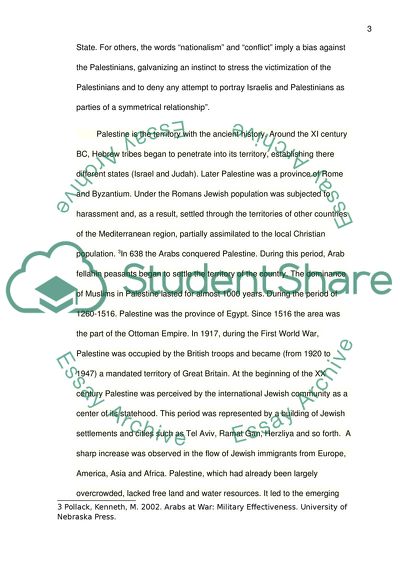Cite this document
(History of the Israel and Palestinian Conflict Case Study Example | Topics and Well Written Essays - 3000 words, n.d.)
History of the Israel and Palestinian Conflict Case Study Example | Topics and Well Written Essays - 3000 words. https://studentshare.org/military/1848934-history-of-the-israel-and-palestinian-conflict
History of the Israel and Palestinian Conflict Case Study Example | Topics and Well Written Essays - 3000 words. https://studentshare.org/military/1848934-history-of-the-israel-and-palestinian-conflict
(History of the Israel and Palestinian Conflict Case Study Example | Topics and Well Written Essays - 3000 Words)
History of the Israel and Palestinian Conflict Case Study Example | Topics and Well Written Essays - 3000 Words. https://studentshare.org/military/1848934-history-of-the-israel-and-palestinian-conflict.
History of the Israel and Palestinian Conflict Case Study Example | Topics and Well Written Essays - 3000 Words. https://studentshare.org/military/1848934-history-of-the-israel-and-palestinian-conflict.
“History of the Israel and Palestinian Conflict Case Study Example | Topics and Well Written Essays - 3000 Words”. https://studentshare.org/military/1848934-history-of-the-israel-and-palestinian-conflict.


